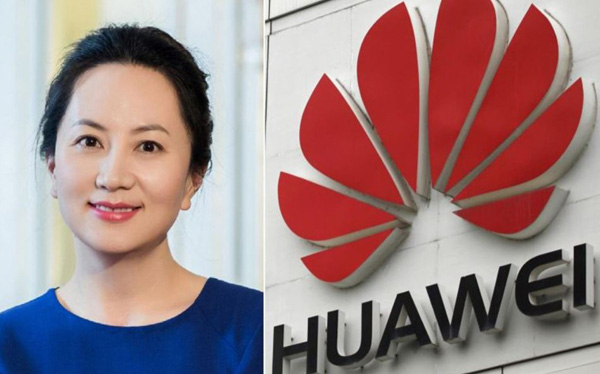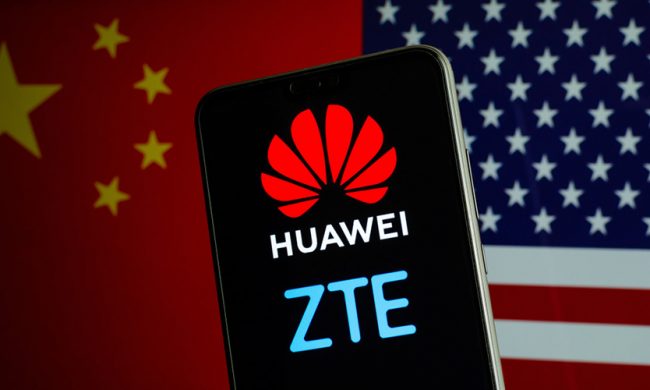The bad luck when being sanctioned by the US became a driving force for Huawei: Pouring money into R&D, focusing on patents, investing in cloud services, 6G networks, electric cars…
- Tram Ho
The US has banned the use of Huawei equipment in the federal government, US companies selling products to Huawei must obtain an export license, do not supply any semiconductors designed or manufactured using the technology. of the United States for use on Huawei equipment.
The sanctions against Huawei have had a dramatic impact on both of its main businesses – smartphones and telecommunications infrastructure. In the first six months of the year, Huawei’s revenue fell nearly 30% year-on-year, the biggest drop ever.
Its smartphone sales fell more than 47% in the first half of this year compared to the same period last year. It is predicted that for the whole year, the company will lose up to 40 billion USD from the smartphone business.

In response, Huawei changed the old traditional business direction, reinventing itself: focusing on investing heavily in emerging 6G technology so that other companies depend on their patents instead of other companies. technology in the US; shift away from developing and selling telecom network equipment and smartphones to areas less dependent on foreign chip supplies – such as cloud services and software for smart cars.
While Huawei can’t buy chips specifically for telecommunications products, it has assured analysts that it has enough inventory to keep the business going for the foreseeable future.
The main business that Huawei is rushing to build is cloud services. Huawei is rapidly developing new cloud services for companies and government agencies. Last week, the company announced plans to invest $100 million over the next three years in small and medium-sized businesses growing on Huawei Cloud.
According to Canalys, Huawei’s cloud business grew 116% in the first quarter of this year, capturing 20% of the market share in China, behind Alibaba Cloud but ahead of Tencent.
Huawei Cloud’s results have been driven by government projects, as well as significant victories in the automotive sector.

In July 2021, Chinese media reported, Huawei began to help digitize industries that were lagging in IT adoption, providing telecommunications equipment and software to Chinese companies in the past few years. areas such as coal mining and port operations, allowing them to reduce costs and increase security.
” This business will continue to be a growth point for Huawei, revenue in that segment will grow by up to 15% annually over the next few years, ” said Ethan Qi, an analyst at Counterpoint Research.
However, these are only temporary measures and do not make up for lost revenue, Huawei’s rotating chairman Eric Xu told reporters last week.
Huawei is betting on one of its biggest technologies, electric and autonomous vehicles. Huawei made a breakthrough at the R&D center in 2014. This year, the company is promoting plans to set up an R&D team of 5,000 people and invest $1 billion in this segment.

Overall, Huawei invested 141.9 billion yuan ($22 billion) in R&D, accounting for nearly 16% of its revenue. The driving force behind this focus on high-end research is the desire to reduce dependence on foreign technology – while at the same time providing the basis for an increase in intellectual property royalties.
Already with 5G, Huawei continues to research 6G as a precaution. According to Mr. Nham Chinh Phi, this is a way to catch up on patents, to ensure that one day when 6G is popular, it will not depend on others.
In addition, the company is also exploiting more and more startup ecosystems that have invested in recent years.
An integrated photonics startup based in Ipswich in eastern England was acquired by Huawei in 2012. It recently developed a laser on a chip that can direct light onto a fiber optic cable – an alternative technology to the old telecommunications technology.
Source : Genk
